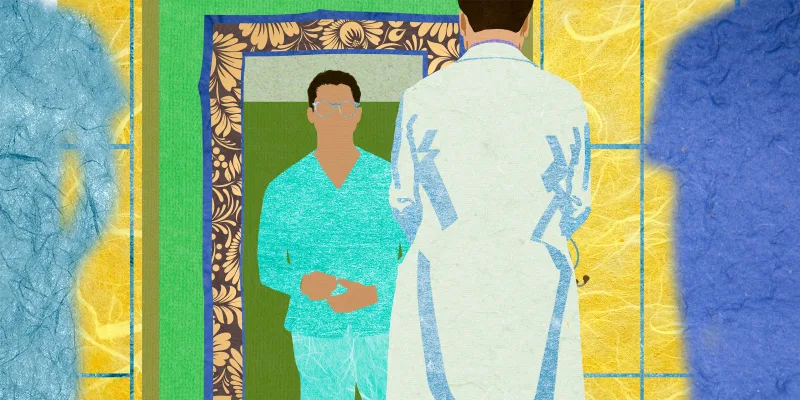Most international conferences on HIV and AIDS since 1996 have focused on the breakthroughs and improvements in antiretroviral therapy — which have been responsible for the therapeutic and prevention advances that have saved millions of lives and prevented countless infections. What is often overlooked, however, is that one million people still die annually from AIDS, with opportunistic infection accounting for the majority of these deaths.
Cryptococcal meningitis is probably the second leading immediate cause of death, and there have been only modest advances in its management in the last 30 years. There have been no new drugs approved for cryptococcal infection since fluconazole 30 years ago. Treatment guidelines for cryptococcal meningitis in AIDS have barely changed in the last 20 years with an induction therapy of one to two weeks of amphotericin B with flucytosine (5FC) and maintenance therapy with fluconazole until immunosuppression can be reversed. This approach has challenges for resource-limited settings where most cases of cryptococcal meningitis occur. Amphotericin B deoxycholate (the usual formulation available in resource-limited settings) is toxic and requires intravenous therapy, usually necessitating hospital care, and flucytosine is expensive and often unavailable.
A major advance was reported at the IAS conference in Berlin last week with the initial presentation of data from the AMBITION-cm trial. The investigators had previously reported a phase 2 study where a single high dose of liposomal amphotericin B was effective and well-tolerated. The AMBITION-cm trial compared a single high dose of liposomal amphotericin B (Ambisome; 10 mg/kg) with seven days of conventional amphotericin B deoxycholate (1 mg/kg). Each arm also received fluconazole 1200 mg/day and 5FC 100 mg/kg/day for 14 days and then fluconazole 800 mg/day for eight weeks. Antiretroviral therapy was initiated four to six weeks after starting antifungal treatment. The primary endpoint was all-cause mortality at 10 weeks.
A total of 844 patients were randomized — 421 to the Ambisome arm and 423 to the control. The groups were well matched — particularly for the parameters that might affect mortality from cryptococcosis — severe neurological impairment and CD4 count at baseline. The outcomes were similar in both arms — on an intention-to-treat analysis, the 10-week mortality was 24.8% in the Ambisome group and 28.7% in controls. In contrast, there were significantly fewer adverse events in the Ambisome arm, with less anemia, less hypokalemia, less elevation in serum creatinine, and less line-associated thrombophlebitis.
This is clearly a very significant advance. We now have an effective regimen that, with the single intravenous infusion, is an oral regimen and does not require significant monitoring or prolonged hospitalization. The challenge now is implementation. Neither Ambisome nor 5-FC is widely available in resource-limited settings, and both are expensive. Changing the current paradigm should be a priority.
This trial, however, does not answer all questions. One-quarter of patients enrolled in the study died, indicating that we still need better treatments and a better understanding of preventable causes of death in this critically ill population. The relevance of this study to well-resourced countries is also uncertain, but the possibility of minimizing hospitalizations is applicable in every setting. Hopefully, when the study is published and full details are available, guideline committees will make every effort to update their recommendations accordingly.







